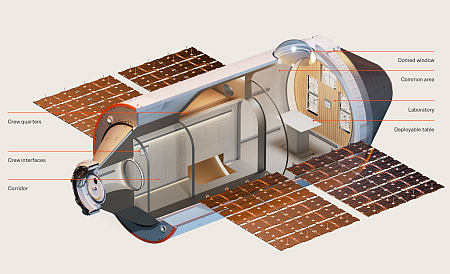Space Force yesterday awarded SpaceX a $733 million contract for what appears to be a total of eight future launches of military and national security payloads.
Few details were released about the payloads, including the launch timeline. The deal was issued as part of the military launch contracting system, which in June named SpaceX, ULA, and Blue Origin as its launch providers for the next five years.
However, one official’s comment appeared to suggest this contract award was the military’s expression of disgust at the delays at ULA and Blue Origin in getting their rockets launchworthy.
“In this era of Great Power Competition, it is imperative to not leave capability on the ground,” Brig. Gen. Kristin Panzenhagen, program executive officer for Assured Access to Space, said in an emailed statement on Friday. “The Phase 3 Lane 1 construct allows us to execute launch services more quickly for the more risk-tolerant payloads, putting more capabilities on orbit faster in order to support national security,” Panzenhagen added. [emphasis mine]
In other words, the Space Force wanted to split this contract between the three companies, but it decided to give it all to SpaceX because it expected any launches given to ULA and Blue Origin would not launch on time, and it didn’t want “to leave [that] capability on the ground.”
In the case of ULA, its Vulcan rocket finally made its first two launches this year, four years late, but on the second launch had a failure on one of its solid-fueled strap-on boosters (the nozzle fell off). Though the rocket successfully placed its dummy payload into the correct orbit, the military has either decided that it can’t yet certify Vulcan for military launches, or sees further delays while the investigation and fixes are installed.
As for Blue Origin, its New Glenn rocket is also four years behind schedule, and likely won’t launch until next year. To get it certified will also probably require two launches, and since that company never seems to be in a hurry to do anything (NASA removed its payload from New Glenn’s first launch because the company had failed to meet the required interplanetary launch window), the Pentagon probably decided it can’t give it any contracts at this time.
And so, more launches and profits for SpaceX. While it is great for that company, with revenue that will likely aid in developing Starship/Superheavy, this is not a healthy situation for the American space industry. As a nation we need more than one launch provider. We need these other companies to stop dithering around and get the job done. That’s the true American way. Have they forgotten how to do it?




